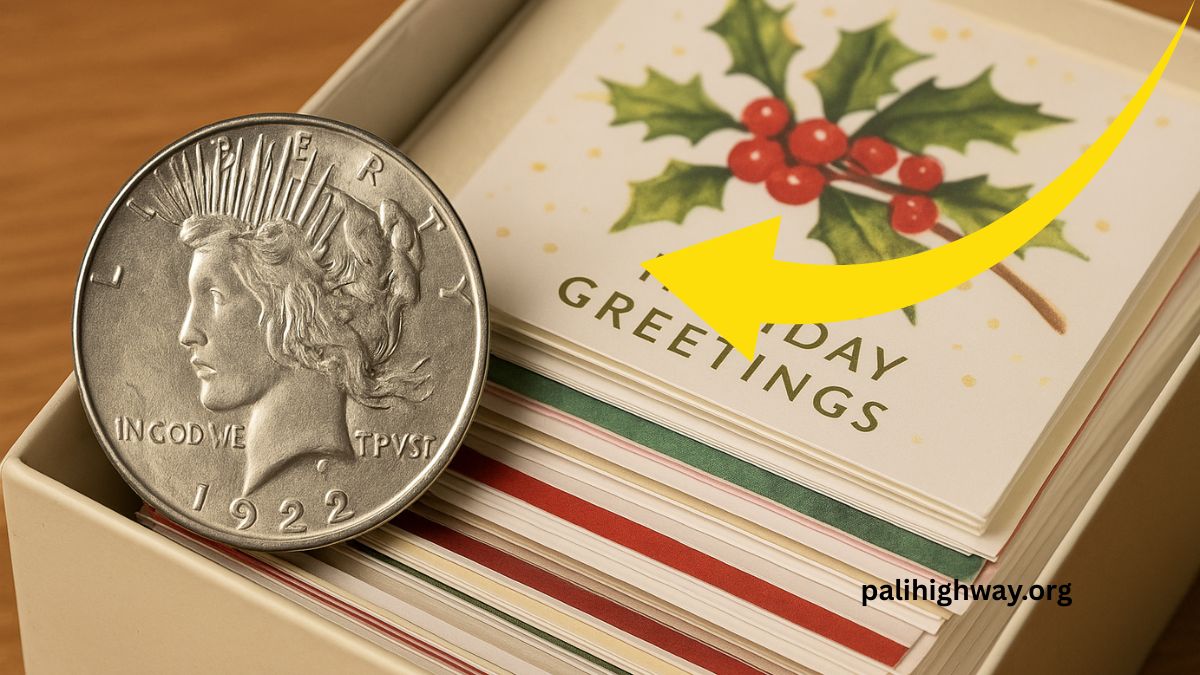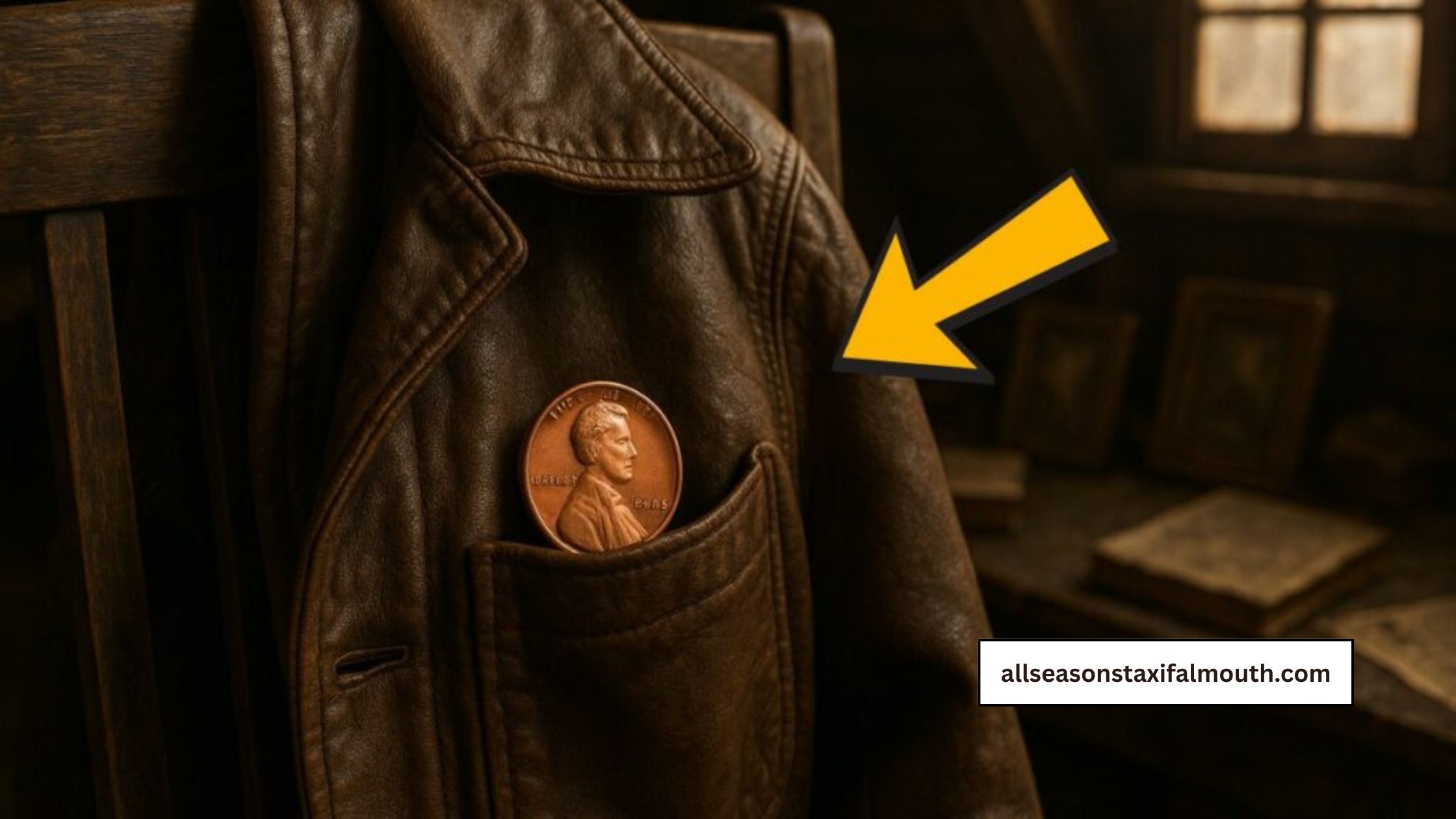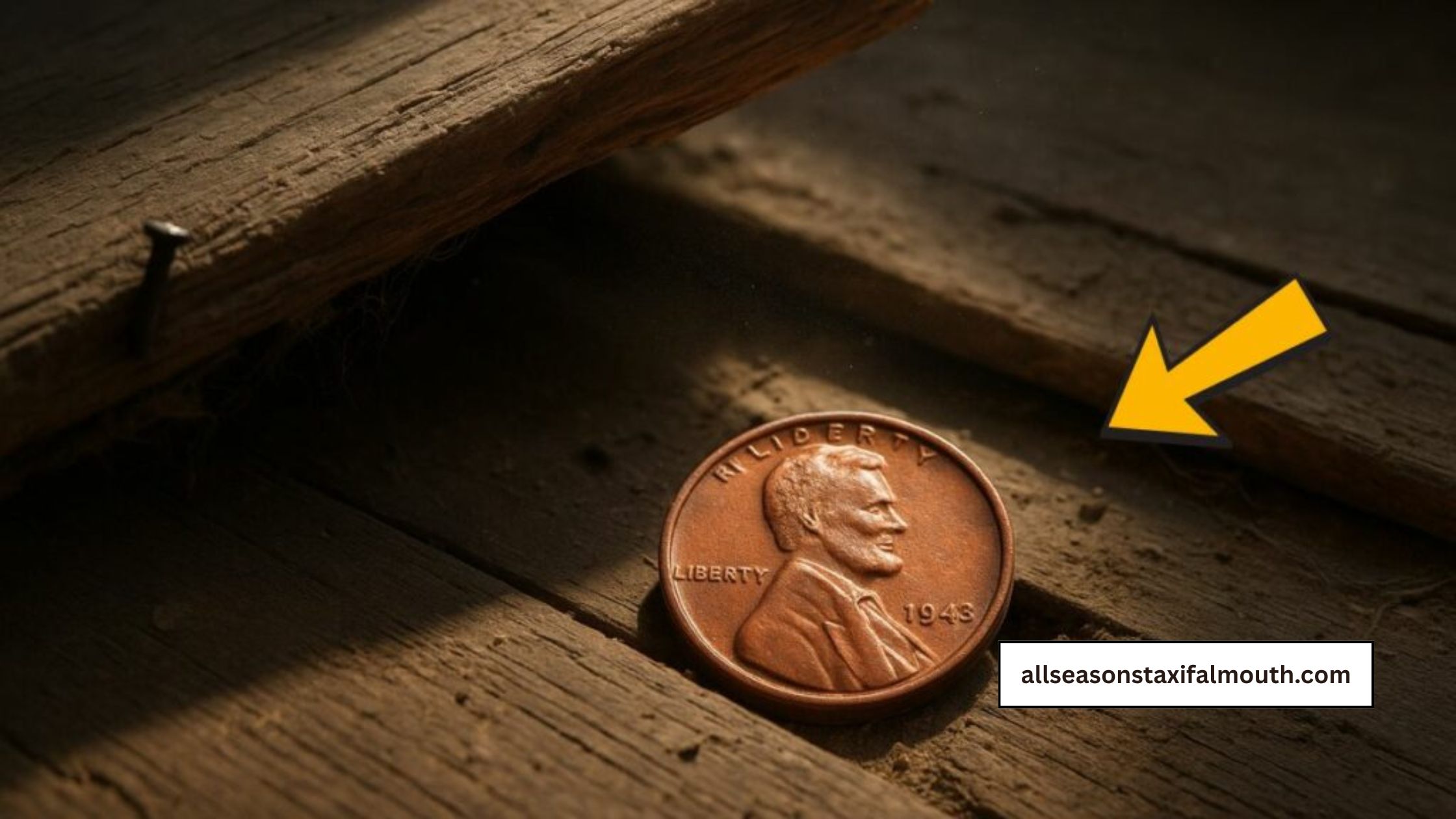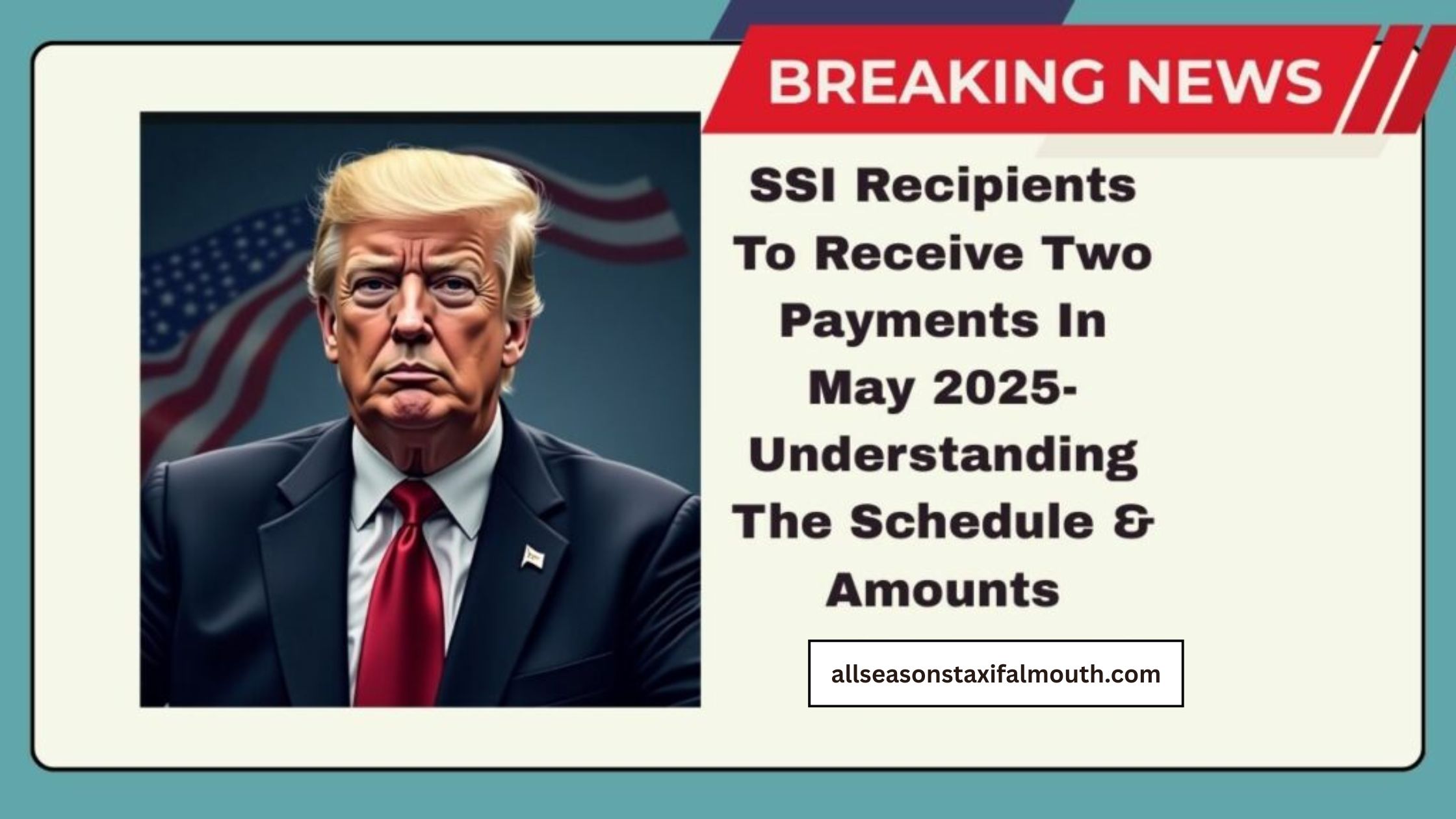SSA Confirms Minimum Requirements to Receive Social Security Pension in May 2025
Many individuals mistakenly believe that once they’ve worked their entire life, their Social Security check will automatically show up in their bank account. However, that’s not the case. Several key requirements must be met before you can start receiving benefits, and failing to meet even one of them—whether by accident or oversight—could result in missing … Read more










